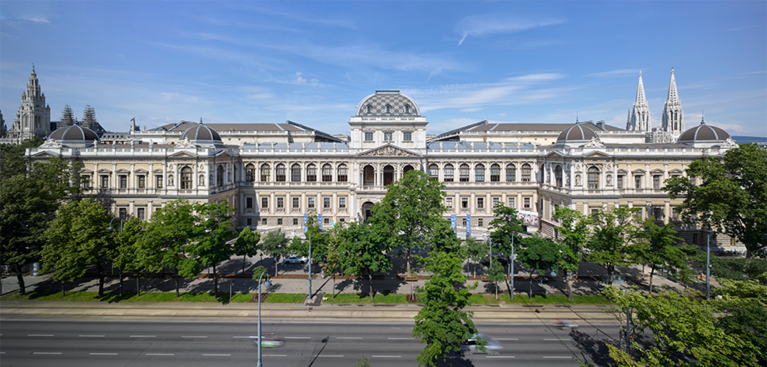Speakers
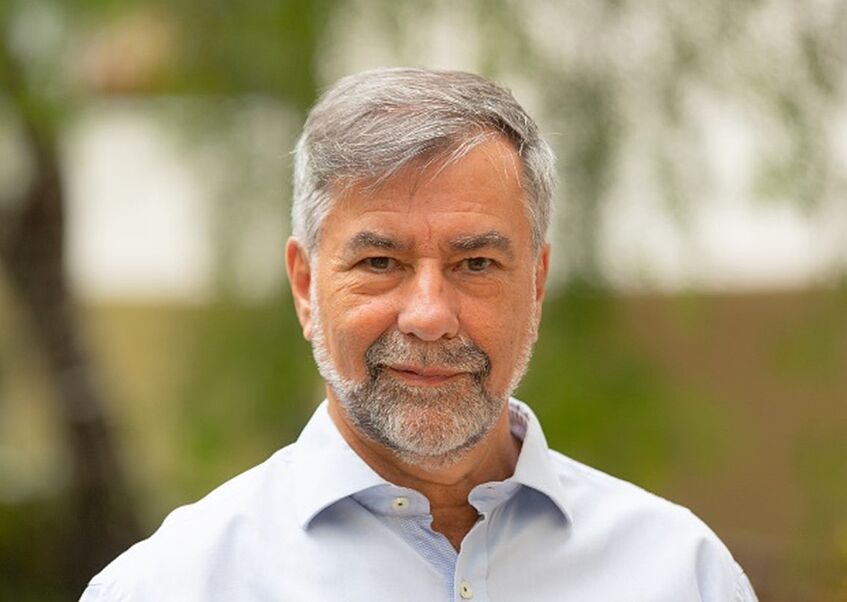
Paulo Artaxo
Paulo Artaxo is a professor of environmental physics at the University of São Paulo, Brazil. He is a member of the IPCC – UN Intergovernmental Panel on Climate Change. He has developed his career working with the Amazon environment and global climate change. He is a member of the Brazilian Academy of Sciences (ABC) and the World Academy of Sciences (TWAS). He is vice president of the Academy of Sciences of the State of São Paulo (ACIESP) and vice president of the Brazilian Association for the Advancement of Sciences. Paulo Artaxo has published over 500 scientific papers and presented more than 1200 scientific papers at international conferences. He published 35 articles in the Science and Nature family of journals. He is among the most cited Brazilian scientists, with 71,700 citations on Google Scholar with an h-index of 127, as well as 59,752 scientific citations on the ResearchGate platform and an h-index of 122. He received several awards, like the TWAS Earth Science Prize, and is a fellow of the American Association for the Advancement of Sciences (AAS). He also received the Doctorate Honoris Causa from the University of Stockholm, Sweden. He was included in the Clarivate Analytics list as belonging to the top 1% of the most cited researchers worldwide in 2014, 2015, 2018, 2019, and 2020. He coordinates the Center for Studies on Amazonian Sustainability at the University of São Paulo.
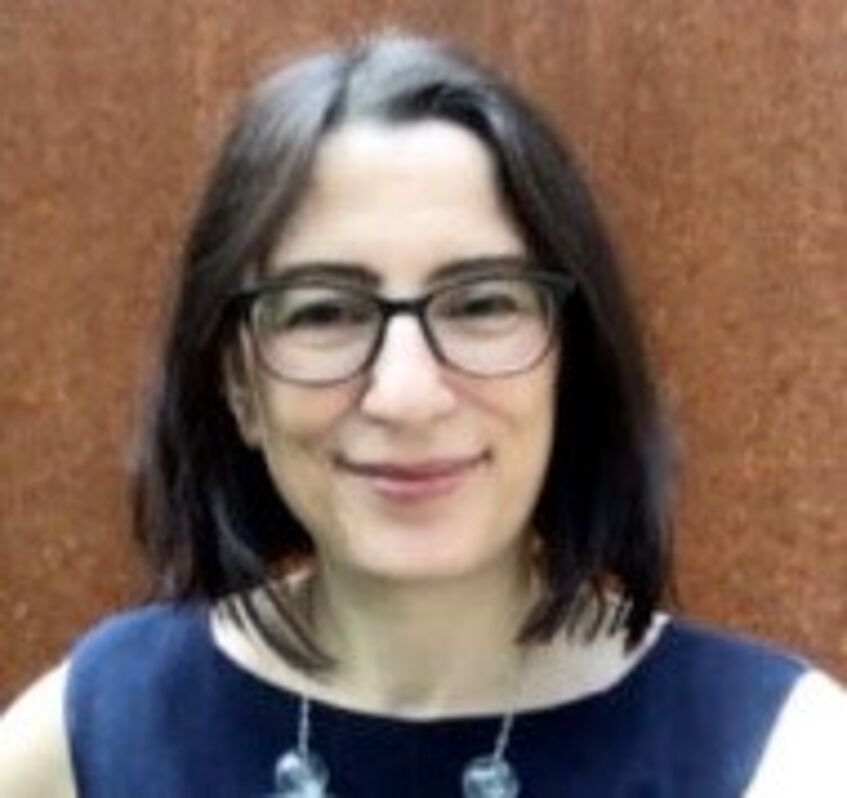
Valeria Molinero
Valeria Molinero grew up in Buenos Aires, Argentina. After completing a Ph.D. in Chemistry from the University of Buenos Aires in 1999, she moved to the United States to pursue further training at the California Institute of Technology. Molinero started her independent career in 2006 at the University of Utah, where she is now the Jack and Peg Simons Endowed Chair of Theoretical Chemistry, Distinguished Professor, and director of the Henry Eyring Center for Theoretical Chemistry. Molinero’s research focuses on understanding and controlling phase transformation and dynamics in materials. She has been recognized with several awards, including the Beckman Young Investigator Award, Camille Dreyfus Teacher Scholar Award, the Cozzarelli Prize of Proceedings of the National Academy of Sciences, and the Langmuir Award in Physical Chemistry. She holds a Doctorate Honoris Causa from her alma mater, the University of Buenos Aires. Molinero is an elected member of the Utah Academy of Sciences, the American Academy of Arts and Sciences and the National Academy of Sciences.
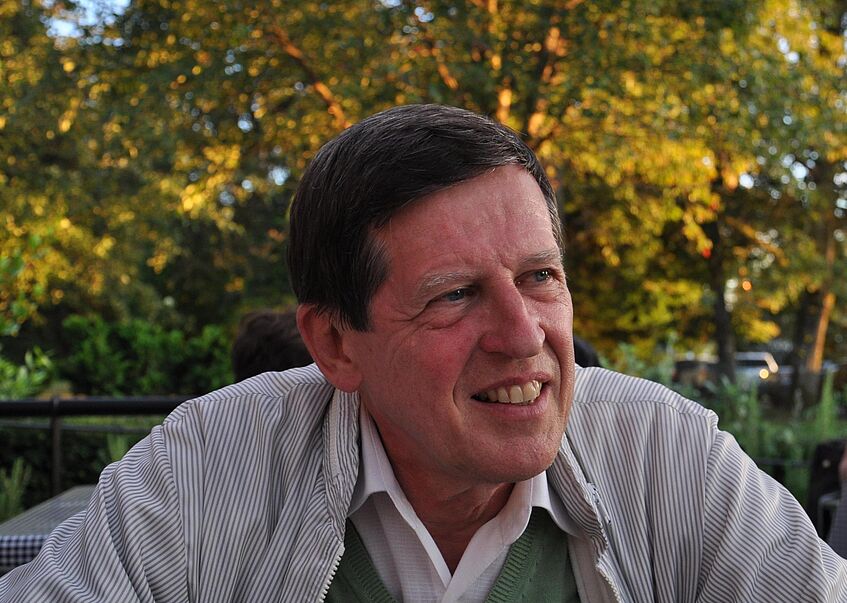
Paul Wagner
Paul Wagner completed his Dr. phil. in 1974 at the Universität Wien. He was an Ao. Professor at the Universität Wien until his retirement in 2012. He held positions at Clarkson University, Potsdam, NY in 1975-76, at MPI-BPC Göttingen from 1979, and at Kyoto University in 1989. In 1991 and 2004 Paul Wagner was teaching as Visiting Professor at the University of Helsinki. Paul Wagner and Markku Kulmala established a scientific research cooperation for about two decades. Furthermore Paul Wagner took part in the CLOUD project at CERN. His research mainly focused on laboratory studies of nucleation and condensation processes. The Size Analyzing Nuclei Counter (SANC) was developed. Based on the newly introduced Constant Angle Mie Scattering (CAMS) method the SANC allows studies of vapour condensation kinetics and it provides a reference standard for aerosol particle number concentration measurement. Paul Wagner was teaching the one-year introductory physics lecture at the University of Vienna (1995-2013). Videos of the 91 lecture units were uploaded to Youtube with a current total of 3.1 Mio calls. In addition he wrote a corresponding textbook (presently 4 editions). Paul Wagner was co-chair of the 12th, 13th, 14th and 17th ICNAA and of a few other int. conferences. 1984 he was elected to Member and 1988 to Chair of the Committee on Nucleation and Atmospheric Aerosols CNAA (IAMAS, IUGG). Paul Wagner has received the first Smoluchowski Award 1986 and he was elected to Honorary Member of the CNAA in 1996. He received an honorary doctorate from the University of Helsinki in 2007 and an honorary membership from the Finnish Association for Aerosol Research in 2008.

Markku Kulmala
Markku Kulmala graduated from the University of Helsinki where he nowadays is Director of the Institute for Atmospheric and Earth System Research. Prof. Kulmala is a world leader in atmospheric aerosol science and one of the founders of “terrestrial ecosystem meteorology”. His work covers theoretical and experimental aerosol physics, atmospheric chemistry, observational meteorology, biophysics and, in particular, biosphere-aerosol-cloud-climate interactions and feedbacks as well as air quality – climate interactions. The backbone of Kulmala’s research consists of SMEAR (Stations for Measuring the forest Ecosystem – Atmosphere Relationships) field stations. These stations have comprehensive scientific programs to investigate aerosol and trace gas concentrations and fluxes, biosphere-atmosphere interactions, aerosol formation and growth, dynamics of atmospheric clusters and ions, and the biogenic background for processes leading to aerosol formation. Kulmala has created a comprehensive research program including continuous long-term atmospheric observations, global modelling and providing deep theoretical and experimental understanding. In his pioneering, wide-perspective research, Kulmala works from nano/molecular scale to global scale. Kulmala has received numerous awards for his work, like the most prestigious award in aerosol science, the Fuchs Memorial Award, and the Vilhelm Bjerknes Medal of the European Geoscience Union. With an H-index of 140, over 1240 published research articles and over 100 M€ of secured research funding, he certainly is one of the currently most influential geoscientists, which is also reflected in his position as scientific advisor of the Government of Finland.

Peter McMurry
Peter McMurry completed his PhD at Caltech under the supervision of Sheldon Friedlander in 1977. He was a professor of mechanical engineering at the University of Minnesota from 1977 until he retired in 2017. His research focused on aerosol measurement and behavior with a primary focus on atmospheric aerosols. His research team developed new measurement methods (e.g., TDMA, ultrafine CPCs, aerodynamic lenses), which he applied to both laboratory and atmospheric studies, and new theoretical approaches to inform data interpretation. He received the 2006 Fuchs Memorial Award, a Guggenheim Fellowship for his work on new particle formation in the atmosphere (2007), and an honorary doctorate from the University of Helsinki in 2017.

Ruth Signorell
Ruth Signorell received her MSc and PhD degrees in the field of molecular spectroscopy from the Swiss Federal Institute of Technology (ETH). She started her aerosol research in 2002 as an Assistant Professor at the Georg-August University Goettingen, Germany. Between 2005 and 2012, she was first Associate Professor and later Full Professor at the University of British Columbia in Vancouver, Canada. In 2012, she returned to Switzerland to take up a position as a Full Professor for Physical Chemistry in the Department of Chemistry and Applied Biosciences at ETH Zuerich. Her research interests focus on spectroscopic studies of fundamental processes in aerosol particles and clusters that are held together by weak intermolecular forces. She is co-editor of a book on “Fundamentals and Applications in Aerosol Spectroscopy (MUOAA)” and co-founder of the aerosol conference “Molecular Level Understanding of Atmospheric Aerosols”.
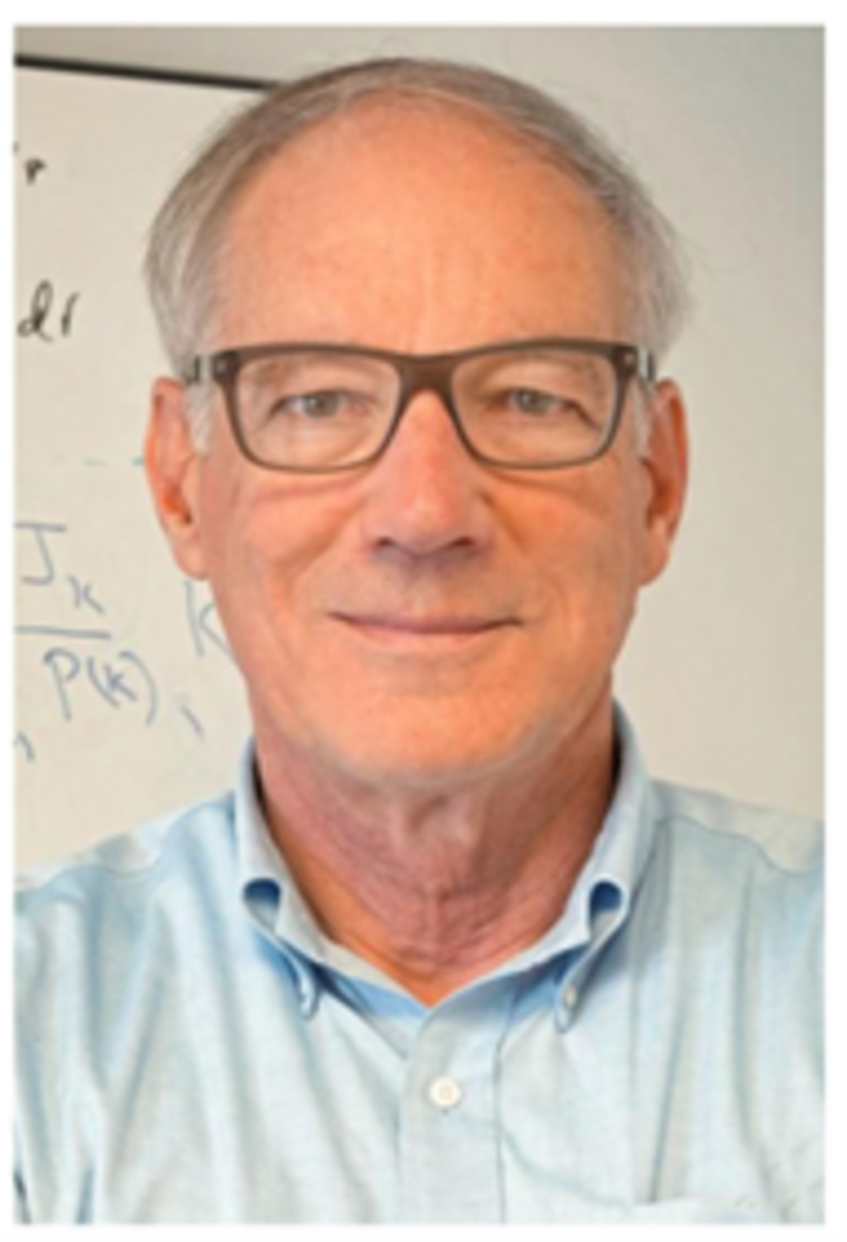
Robert McGraw
Bob completed his PhD in physical chemistry at the University of Chicago in 1977, followed by post-doctoral research on nucleation at UCLA with Howard Reiss. In 1981 he took a scientific staff position at Brookhaven National Laboratory where he continued theoretical work on atmospheric aerosols and new particle formation. In 1985 he returned to the West Coast as a Member Technical Staff at the Rockwell International Science Center in Thousand Oaks CA, working on response of nonlinear optical materials to coherent light; Member Scientific Advisory Board, Rockwell International North American Aircraft Division, 1990-1993 (now part of Boeing). In 1993 he returned to BNL, receiving tenure in 1995; Senior Scientist 2003-present; Professor Adjunct ChE, Yale University, 2005-2020; Division Head, BNL Atmospheric Sciences Division 2010-2014; Visiting Professor University of Vienna, 2014. Group lead for BNL Atmospheric Aerosols Group, 2014-2024.
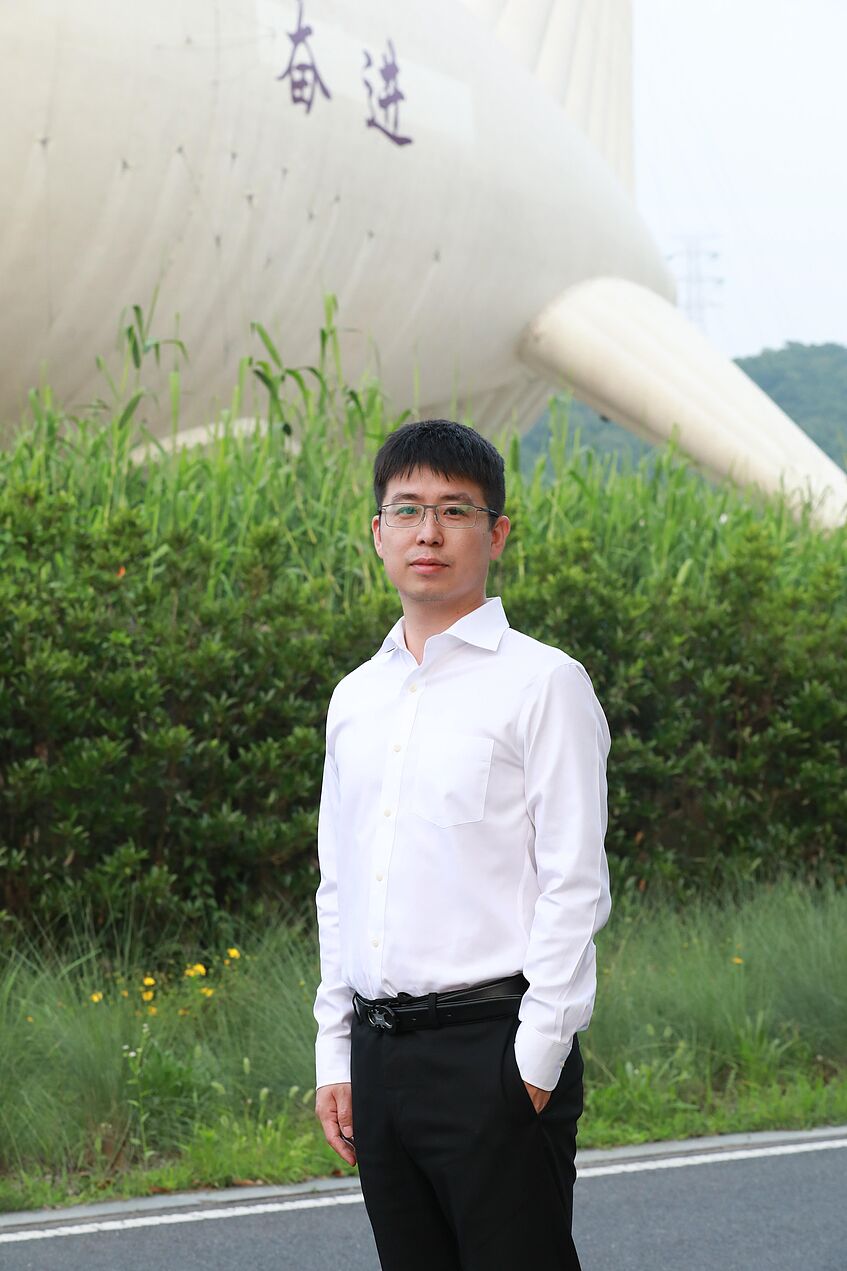
Chao Yan
2022 – present tenure-track associate professor at Nanjing University, China
2018 – 2021 Post-doc at the University of Helsinki
2013 – 2018 PhD student (Marie Curie, CLOUD-TRAIN project)
His research interests mainly include:
- the development of analytical method for complicated mass spectral data;
- and the adaption of chemical ionization mass spectrometry (CIMS) in various ambient environments and lab facilities to understand NPF mechanism.
His has published more than 150 peer-reviewed papers, including several first or co-first authored papers in Nature Geoscience, Nature Communications, and Science Advances, with a total citation exceeding 8000 and H-index of 50. His received several fundings from the National Natural Science Foundation of China (NSFC) and the Academy of Finland.
One sentence statement:
From Finnish forests to China’s megacities, my work tracks how invisible atmospheric chemistry sparks the birth of airborne particle — tiny seeds with the power to reshape climate and human health.
